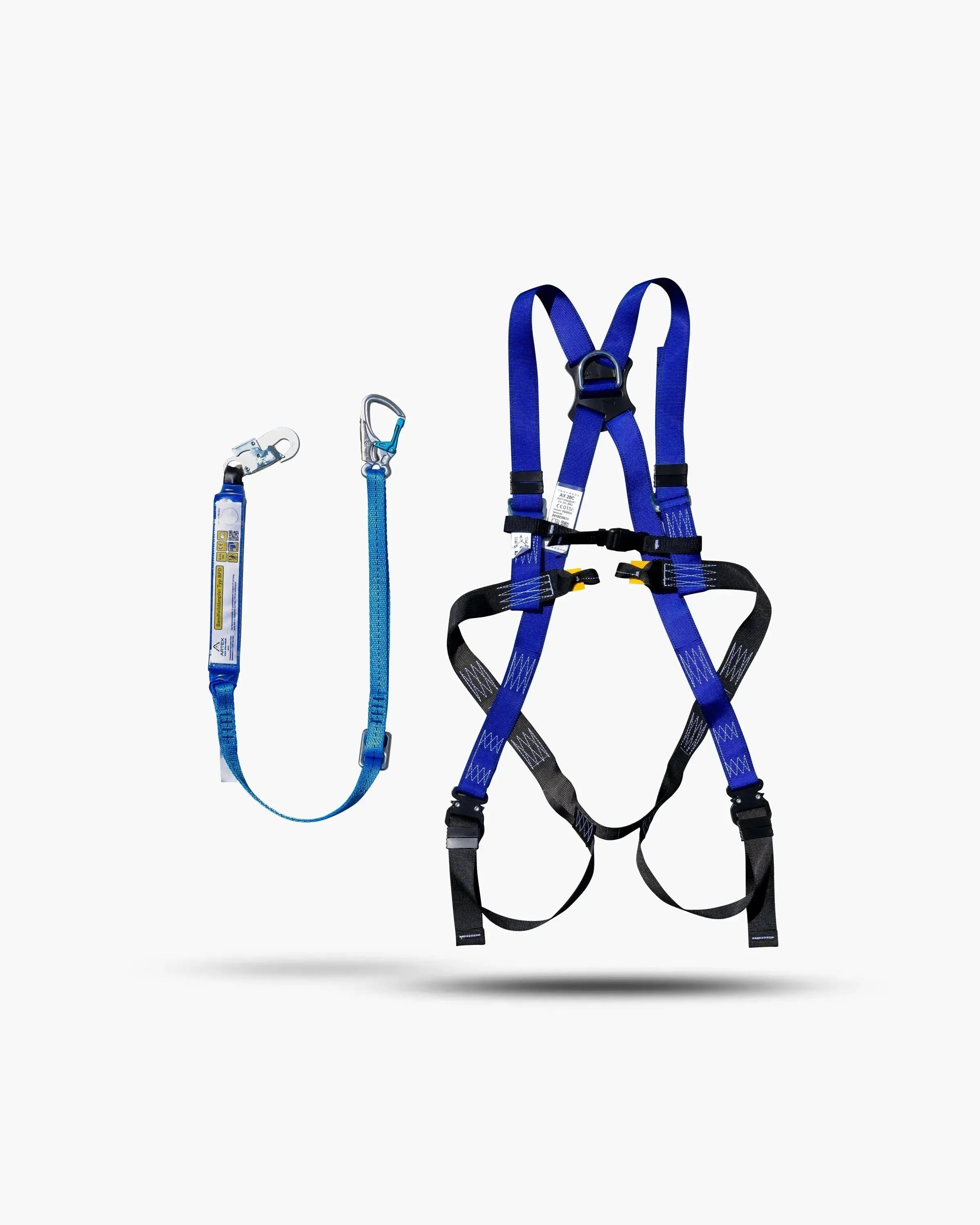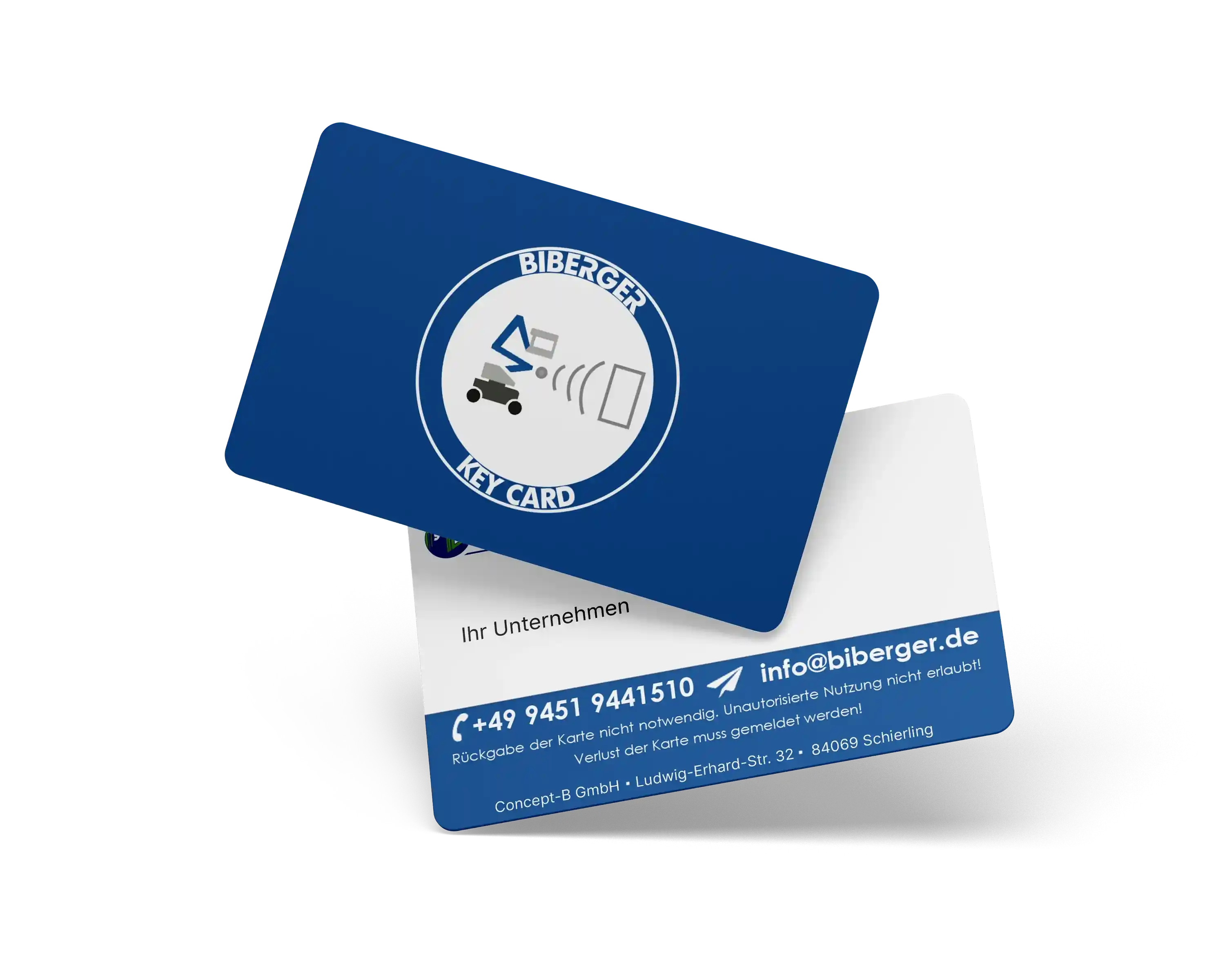In the aerial work platform industry, you will also often come across English terms such as "boom" , "scissor" and "cherry picker" . These terms are widely used, but their exact meaning sometimes remains unclear.
In this article, we will get to the bottom of the meaning of these key terms. What defines a "cherry picker" and how do "boom lifts" differ from "scissor lifts"? BIBERGER sheds light on the English terms for working platforms.
The English umbrella term for work platform: Working Platform
The English term "working platform", which can be directly translated as "work platform", serves as a generic term for the various types of work platforms . It covers a wide range of devices that have been specifically designed to make working at heights safer and more efficient. The generic term "elevating work platform" therefore covers all the special types of work platforms mentioned in this article.
The use of the term "work platform" in the industry indicates the fundamental function of these machines: to provide a stable and safe platform from which work can be carried out at different heights.
This is what the English names mean
Cherry Picker
The term "cherry picker" describes a cherry picker that originally came from agriculture and was used to harvest high-altitude fruits such as cherries. Today, the term "cherry picker" is used for a variety of cherry pickers that are used in a wide variety of industries.
Cherry pickers are typically equipped with an extendable arm that allows work to be carried out at great heights and in otherwise difficult to reach places. This type of aerial work platform is particularly popular for tasks such as maintaining and repairing cables on power and telephone poles, working on the building envelope or tree care work. In addition, they are often used by professional painters to paint the exterior walls of houses and public buildings.
Their flexibility and versatility make them an indispensable tool in many trades and professions. Over time, safety features such as closed work baskets, insulated interiors and safety belts have been integrated as standard in many models, making the use of these work platforms significantly safer, especially when working at great heights or near power lines. In Germany, truck-mounted work platforms are mainly referred to as cherry pickers and are known for their great freedom of movement and ability to easily get around obstacles.
boom lifts
"Boom lifts" are a special category of work platforms known in German as telescopic work platforms . These platforms are characterized by their extendable arm, which allows for a direct diagonal or vertical reach. What is special about these platforms is their ability to reach great heights while offering a significant lateral reach.
Boom lifts are ideal for tasks that require a long reach, such as power line maintenance, tree care, or working on tall buildings. Their design allows them to bypass obstacles and reach work areas from different angles, making them particularly useful for overhang work.
Some models of boom lifts have additional features such as a pivoting jib, which offers even greater flexibility in approaching the work area. This makes them an indispensable tool for many industries where precise and flexible height access solutions are required. Operator safety is ensured by various safety systems that come as standard on these work platforms.
Scissor Lifts
Scissor lifts offer a unique solution to vertical access needs. Their name derives from the scissor - like mechanism by which the platform is raised, which consists of interconnected cross structures that expand and contract in an X-pattern.
The main advantage of scissor lifts is their ability to provide a larger platform area, allowing multiple people or additional equipment to work at height. This makes them ideal for tasks that require a stable and spacious work surface, such as installing ceiling panels or performing maintenance on large areas.
Scissor lifts are typically designed for vertical movement only, which limits their uses to work directly above the machine. Their ease of use and ability to lift heavy loads make them a popular choice in many industries, from construction to warehousing. Many models feature an extendable platform that allows for better access to the work area.
In Germany, scissor lifts are valued for their reliability, load capacity and safe operation, making them a practical solution for a variety of vertical work requirements.
mast lifts
Mast lifts are another important category of aerial work platforms, known in German as vertical mast lifts or boom lifts . These platforms are particularly valued for their compact design and their ability to operate efficiently in tight spaces.
The main feature of the boom lifts is their slim, vertically extending mast, which allows for direct upward movement. This feature makes them ideal for working in confined spaces such as warehouses, shopping centers or indoor work where a minimum footprint is required. Despite their compactness, these platforms offer sufficient working height for many indoor applications.
Another advantage of mast lifts is their easy maneuverability, making them ideal for tasks that require frequent relocation. They are usually electrically powered, which enables emission-free operation, making them particularly suitable for indoor work.
In Germany, mast lifts are highly valued for their flexibility, ease of use and ability to work efficiently in confined spaces. Their applications range from warehouse work to maintenance work in industrial or commercial environments.
Telescopic Handler
"Telescopic handlers" - known in Germany as telescopic forklifts or telescopic loaders - are a real all-rounder in the world of construction machinery. They combine the properties of a forklift with the flexibility of a work platform, making them an indispensable tool on many construction sites.
With their extendable arm, telehandlers offer impressive reach, lifting capacity and versatility. Not only can they lift materials to great heights, but they can also transport them over obstacles. This ability is particularly beneficial on construction sites with tight spaces.
Telehandlers are known for their ability to be fitted with a wide range of attachments, from forks and buckets to dedicated work platforms, which greatly expands their range of applications. Some models even offer rotating cabs that give the operator a 360-degree view, increasing safety and efficiency in the workplace.
Articulating Boom Lifts
Articulating Boom Lifts, known in Germany as articulated telescopic work platforms , are a prime example of engineering flexibility and offer a unique solution to challenging height access problems. The key to their functionality lies in their multi-articulated boom arm, which enables remarkable reach and mobility in multiple dimensions.
This type of aerial work platform is particularly useful in scenarios where direct vertical access is not possible. With their ability to extend over, around and even under obstacles, they allow work areas to be reached that would be inaccessible to other types of platforms. This makes them an ideal choice for tasks such as building maintenance, tree trimming or working in complex structured industrial facilities.
In Germany, articulated boom lifts are valued for their ability to work efficiently in confined urban spaces or in places with many obstacles. Their versatility and adaptability to a wide range of working conditions make them an indispensable tool in height access technology.
Summary
In this article, we have looked at the key English terms used in the aerial work platform industry and highlighted their meaning in the context of different areas of application.
From cherry pickers and boom lifts to scissor lifts, mast lifts and telescopic handlers, each of these terms represents a specific category of aerial work platform with unique features and functions. Knowledge of this technical terminology is not only of interest to professionals in the construction industry, but also to anyone who comes into contact with aerial work platforms. It provides a deeper understanding of the different types and their possible applications. This knowledge makes it easier to select the right aerial work platform for specific projects and contributes to safety and efficiency in the workplace.
















Share:
Work platforms: essential tools for airport projects
Tenders for work platforms: Between wish and reality